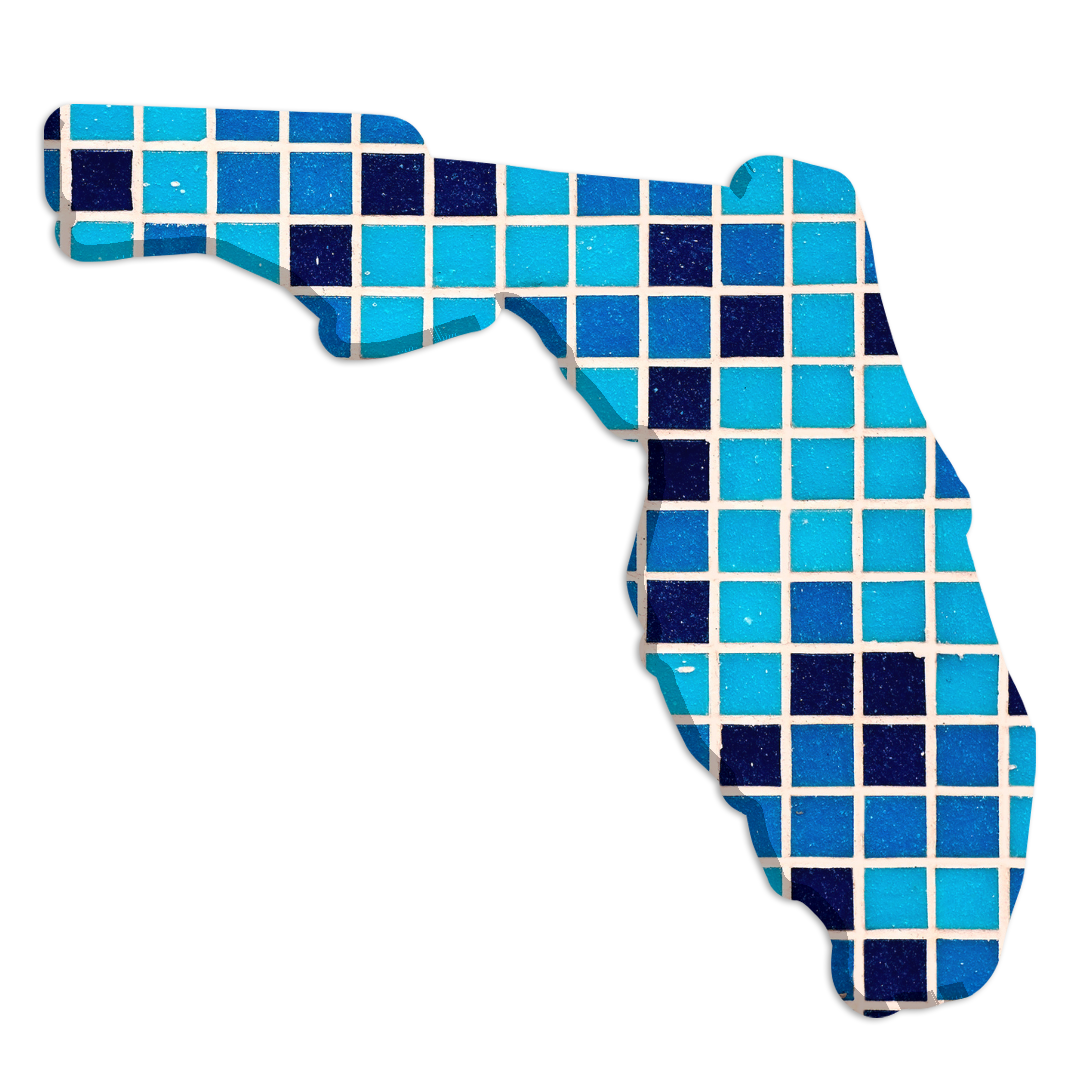
When lawmakers consider a new Senate map, a random process will decide the numbering for each district. More than a clerical matter, the selection of numbers will determine how long senators elected this year will serve before standing for election again.
Sen. Ray Rodrigues, the Estero Republican chairing the Senate Reapportionment Committee, issued a memo to all sitting senators outlining a timeline on the redistricting process in the upper chamber. The ambitious schedule aims for maps to land in front of the committee on Jan. 13, the third day of the Regular Session.
While Rodrigues outlined such a plan with a separate memo last month, he raised the prospect of random numbering in a memo released Wednesday afternoon.
“For the Senate map, I will propose to the committee that we follow the Supreme Court’s precedent by numbering districts in an incumbent neutral manner,” he wrote. “The Court has accepted a random-numbering process as compliant with its precedent. Accordingly, once we have concluded our consideration on the geographical makeup of the Senate map, we will randomly number the Senate map.”
While Rodrigues didn’t specify exactly how the selection for district numbers would proceed, he did say he wanted a “tactile” method, as opposed to allowing a computer to randomly make a selection.
“I have extensively reviewed both the tactile method utilized during the initial remedial phase of 2012 redistricting and the computerized method used during the later portion of the remedial phase,” Rodrigues wrote. “While both are an appropriate means to the same end, I believe a tactile method is more transparent than a single button pushed to create computer-generated results. As such, I have asked staff to prepare a tactile method for random assignment of odd/even district numbers to each Senate district at the Committee meeting on Jan. 13.”
Whether the selections get made by lotto balls, coin tosses or any other means, the consequences could be profound, including for sitting members of the Senate and the Senate Reapportionment Committee itself.
Following redistricting years, all 40 Senate seats go up for re-election, even those senators who just won election in 2020. But those in districts ultimately designated with odd numbers will only run this year for two-year terms. The seats will then go up for election again in 2024 for traditional four-year terms. Those elected in even-numbered districts in November will win four-year terms.
Besides the lack of breathing time between election cycles, the number of districts has been particularly important during the term limits era. The Florida Constitution, thanks to a constitutional amendment approved by voters in 1992, limits lawmakers to serve eight consecutive years. However, many senators have still served as many as 10 years consecutively since that passed thanks to changes in numbers during redistricting.
Just as an example, Rodrigues, who won election to the Senate in 2020 in the odd-numbered Senate District 27, could end up in an even-numbered district. Then he could be re-elected to a four-year term in November, and potentially another four-year term in 2026, thus not terming out until 2030.
But the Fair Districts amendment, which has loomed over the entire redistricting process, prohibits any intentional actions to benefit or hurt incumbents’ political chances.
In other words, a coin flip can benefit or sting a sitting Senator, even one in charge of redistricting.
Outside of numbering, Rodrigues reiterated his desire to effectively wrap the reapportionment process on the Senate side in the first week of Session. On Monday, the Senate Legislative Redistricting Committee and the Senate Congressional Redistricting Committee will hold meetings a day before the start of Session. The full Senate Reapportionment Committee will then meet on Jan. 13.
The renumbering process will take place mid-meeting on that Thursday, with an hour-long recess planned so staff can apply numbers to draft maps before a committee vote. Since U.S. House terms last two years regardless of district number, the designation of districts will be done to roughly match the most analogous districts on the present map.
Rodrigues notably has already filed shell bills that will be amended to include proposed Senate (SB 100) and congressional (SB 102) maps, expecting any changes to be proposed as amendments.
The Senate committee will consider maps for Florida’s now 28 proposed congressional districts and for the 40 Senate districts electing members to the Florida Legislature’s upper chamber. The House will produce its own proposed congressional map and a plan for the 120 state House districts in Florida.




One comment
Alex
January 5, 2022 at 10:50 pm
So they can bypass the will of the voters that set term limits.
Also called unconscionable cheating and anti-democracy.
These Republicans are corrupt to the core.
Comments are closed.